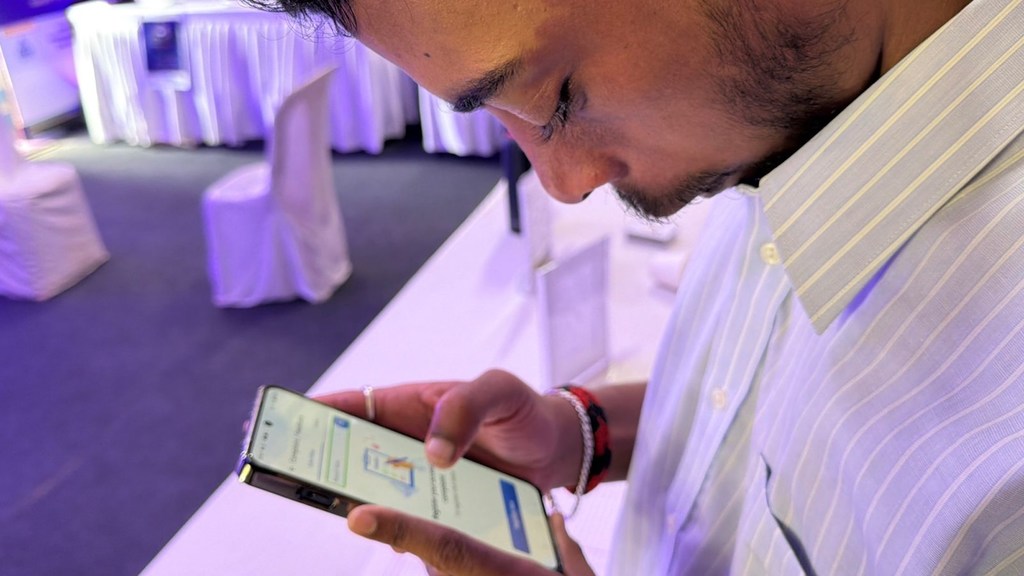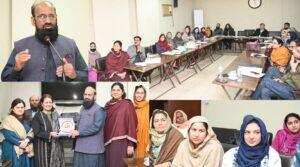When designed with lived experience in mind, AI tools like conversational screen readers, responsive panels, and real-time captions not only remove barriers; They expand the possibility. They transform access into agency and freedom to learn, lead and contribute fully.
Avoid a “shinier version of the same old prejudice”
Surashree Rahane was born with several physical disabilities, including clubfoot and polymelia, a condition in which affected people are born with extra limbs. Growing up in a family where disability was a part of daily life, he never saw it as a limitation, but simply another way to navigate the world.
“My mentors always said, don’t just look for jobs, create them,” he shares. “This is how I learned that leadership in itself is inclusion.”
Ms. Rahane is now the Founder and CEO of Yearbook Canvas, a technology platform specializing in digital yearbooks for academic institutions. As he built his company, he saw how structural barriers persist, such as inaccessible infrastructure, skewed funding networks, and rigid education systems.
To address these challenges, she is currently working with Newton School of Technology near New Delhi, focusing on inclusive academic design and AI-based learning tools that adapt to each student’s pace. “AI can democratize access to education,” he says, “but only if we teach it to understand diverse learners. Otherwise, we risk creating a brighter version of the same old prejudice.”

Assistive technologies empower people with disabilities.
‘The great tie’
From voice-to-speech tools for people with speech disabilities to gesture-based wheelchair controls, technology is breaking down barriers once considered permanent.
Prateek Madhav, CEO of AssisTech Foundation (ATF), describes AI as “the great equalizer.” “While the world is worried about AI taking away jobs,” he says, “for people with disabilities, AI is creating them.”
Ketan Kothari, a consultant at Xavier’s Visually Impaired Resource Center in Mumbai, demonstrates how AI tools have made him completely independent at work. “Today I can format a document, access meetings with live subtitles and even generate visual descriptions through applications,” he explains. “AI has turned imagination into function.”
Purple Fest predominantly features Indian entrepreneurs and business leaders but, as Tshering Dema of the United Nations Development Coordination Office reflects, “this is not a story of a single country: it is a global transition. Inclusion is not just about laws or infrastructure; it is about a shared mindset and design. The future of work must be built not just for people, but with them.”



